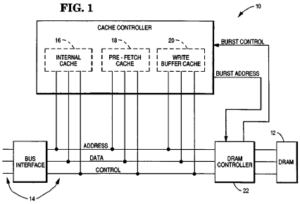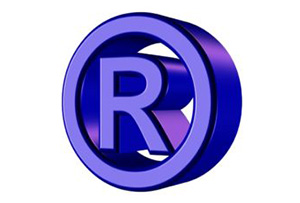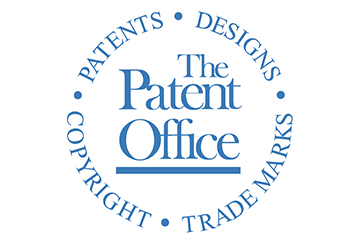Patentable Software Update: Federal Circuit Finds Another Software Invention Patentable
Visual Memory LLC v. NVIDIA Corporation, serves as yet another example of how software may be patent eligible. In Visual Memory, the Federal Circuit reversed the district court’s ruling and found that Visual Memory’s patent on a memory system with programmable operational characteristics tailored for use with multiple different processors was patent eligible subject matter under the 35 U.S.C. § 101 (“101”). This article discusses the Federal Circuit’s ruling in Visual Memory.
The patent at issue in Visual Memory was U.S. Patent No. 5,953,740 (“740 Patent”). Independent claim 1 was the claim at issue and examined by the district court and the Federal Circuit. Claim 1 of the 740 patent states the following:
“A computer memory system connectable to a processor and having one or more programmable operational characteristics, said characteristics being defined through configuration by said computer based on the type of said processor, wherein said system is connectable to said processor by a bus, said system comprising: a main memory connected to said bus; and a cache connected to said bus; wherein a programmable operational characteristic of said system determines a type of data stored by said cache.”
The 740 Patent specification describes a computer system that can be connected to multiple different types of processers and has “programmable operational characteristics” that can be tailored for use with the multiple different processors without reduction in performance. A schematic of the 740 Patent’s memory system is illustrated below.

The software claimed by the 740 Patent includes three caches. The three caches possess programmable operations characteristics that are programmable based on the type of processor connected to the memory system. By separating the functionality for the different caches and defining those functions based on the type of processor, the system of the 740 Patent can “achieve or exceed the performance of a system utilizing a cache many times larger than the cumulative size of the subject caches.”
The Court began the patentable subject matter analysis with step one of the Alice two-step analysis. The Court noted that while the two steps in the Alice framework “involve overlapping scrutiny of the content of the claims,” the “Supreme Court’s formulation makes clear that the first-stage filter is a meaningful one, sometimes ending the § 101 inquiry.” The Court stated that two recent cases, Enfish, LLC v. Microsoft Corp., 822 F.3d 1327 (Fed. Cir. 2016) and Thales Visionix Inc. v. United States, 850 F.3d 1343 (Fed. Cir. 2017), informed their evaluation of if the claims of the 740 Patent are directed to patentable subject matter.
The Court found that, like the patents at issue in Enfish and Thales, the specification of the 740 Patent discusses the advantages by the technological improvement. Court found that the 740 Patent is not a case where the claims merely recite the “use of an abstract mathematical formula on any general purpose computer,” “a purely conventional computer implementation of a mathematical formula” or “generalized steps to be performed on a computer using conventional computer activity.” Instead, the Court found that the specification of the 740 Patent described benefits of using a self-referential table – faster searching and more effective data storage – and cited the differences between the claimed self-referential table and the conventional database structure. Ultimately, the Court found that the claims of the 740 Patent were not directed to an abstract idea under step one of Alice and explained that while the 740 Patent “involves an abstract concept, that is not enough to render an invention patent ineligible.” Because the Court concluded that claims of the 740 Patent were not directed to an abstract idea, the Court did not proceed to step two the Alice test, which analyzes if a claim’s elements, considered both individually and as an ordered combination, transform the nature of the claims into a patent-eligible application.
The technology at issue in Visual Memory is yet another example of patent eligible software. The § 101 landscape related for software inventions continues to develop post-Alice and will continue to come into focus as decisions are issued. Software is critical in creating new and innovative improvements over existing technology and patent protection remains an integral component in protecting the resources spent developing software. To learn more about the author of this article, Derek Fahey, click HERE.












